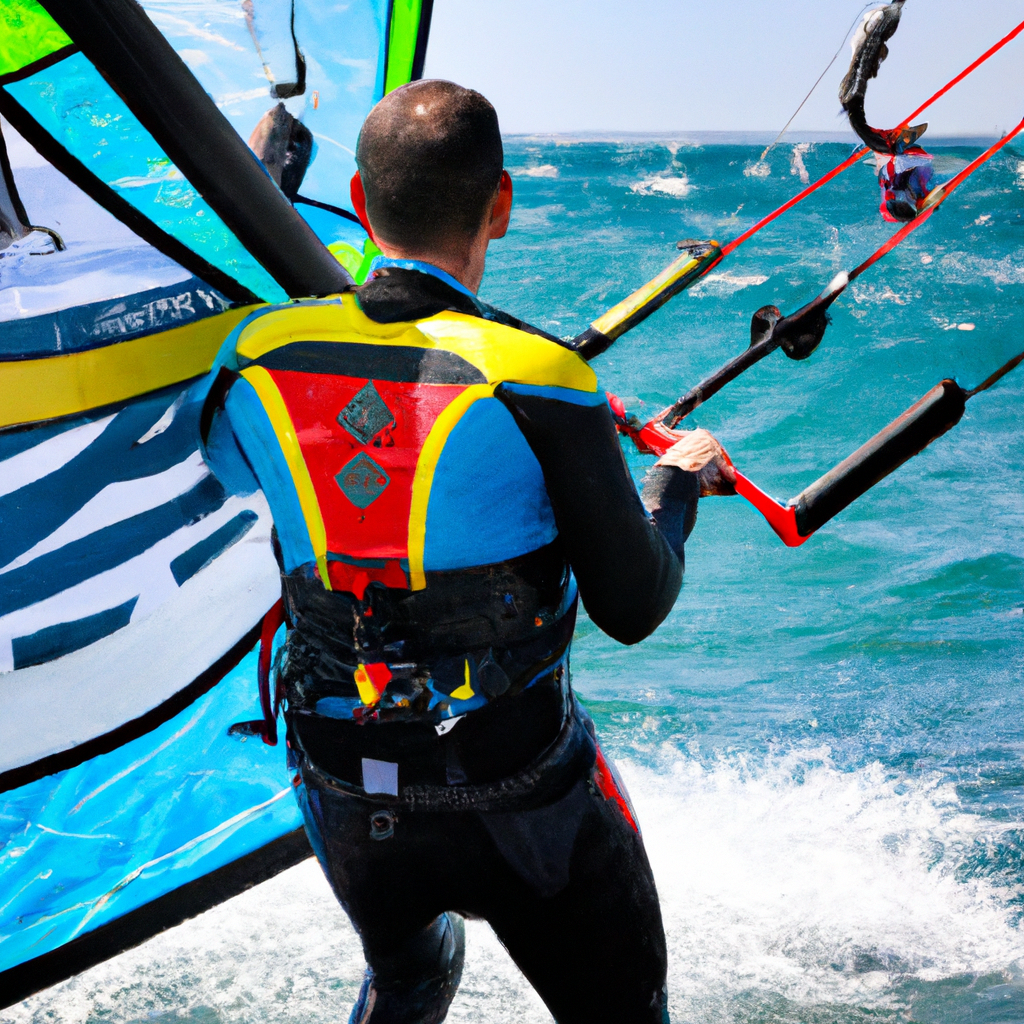The world of water sports, with its exciting mix of action, beauty and challenge, offers an incredible platform for photographers and videographers. From surfing to sailing, kayaking and diving, these sports provide a wealth of opportunities to capture exceptional images and videos. However, water sports photography and video are not without difficulties. The combination of water, light and fast movement can present unique challenges. In this article, we will explore techniques for capturing action, essential equipment, how to edit and improve your captures, as well as discuss the challenges and opportunities in water sports photography and video. If you are passionate about photography, video and water sports, this article will give you a complete overview and help you improve your skills.
- 1. "Capturing the action: photography and video techniques in water sports"
- 2. "Essential equipment for photography and video in water sports"
- 3. "How to edit and improve your water sports photos and videos"
- 4. "Challenges and opportunities in nautical sports photography and video"
1. "Capturing the action: photography and video techniques in water sports"
Capturing the action in water sports requires a combination of skill, appropriate equipment and often a pinch of courage. Being an aquatic environment, one of the first challenges is ensuring that the equipment is waterproof. Techniques for photographing and recording water sports may vary depending on the specific sport, but in general, it is important to keep the camera stable, despite waves and water movement. Drones can be used for spectacular aerial shots, while body-mounted action cameras can provide a first-person perspective of the action. A fast shutter speed can help freeze motion, capturing every drop of water in the air, while a slow one can create a dramatic motion blur effect. Patience is also a key factor, as the photographer or videographer may have to wait for the perfect moment to capture the action at its climax.
2. "Essential equipment for photography and video in water sports"
Essential equipment for water sports photography and video must be waterproof and offer high image quality. First, you'll need a waterproof camera, whether it's a DSLR with a waterproof case or an action camera designed for water like the GoPro. In addition, it is advisable to have a floating tripod to stabilize the camera in the water. When it comes to the lens, a wide-angle lens is ideal for capturing the vastness of the ocean and the action in water sports. Last but not least, it is essential to have high capacity memory cards to store all your images and videos, as well as spare batteries to ensure you don't run out of power in the middle of the action.
3. "How to edit and improve your water sports photos and videos"
Editing and enhancing your water sports photos and videos can take your memories to a new level of professionalism and beauty. To get started, you can use editing programs such as Adobe Lightroom for photos and Adobe Premiere Pro for videos. These allow you to adjust aspects such as contrast, brightness, saturation and white balance, which are crucial for bringing out the vibrant colors of the water and sky. Cropping and rotating can also be useful for improving the composition of your images. For videos, stabilization can help eliminate shaking caused by moving water. Additionally, adding music and editing the pace of images can greatly enhance the narrative and emotion of your water sports videos. Don't forget to experiment and practice to develop your own style.
4. "Challenges and opportunities in nautical sports photography and video"
Water sports photography and video present both unique challenges and opportunities. Challenges include changing weather conditions, difficult lighting, and constant movement of both the subject and the aquatic environment. Additionally, the equipment needed to capture these images can be expensive and require specialized technical skills. However, these difficulties also create opportunities for creativity and innovation. Water sports are visually stunning, with exciting moments of action and beautiful seascapes providing a rich source of material. Additionally, technological advances such as waterproof cameras and drones are opening up new possibilities for capturing images from unique angles and perspectives. Ultimately, success in watersports photography and videography requires a combination of technical, creative, and problem-solving skills.

